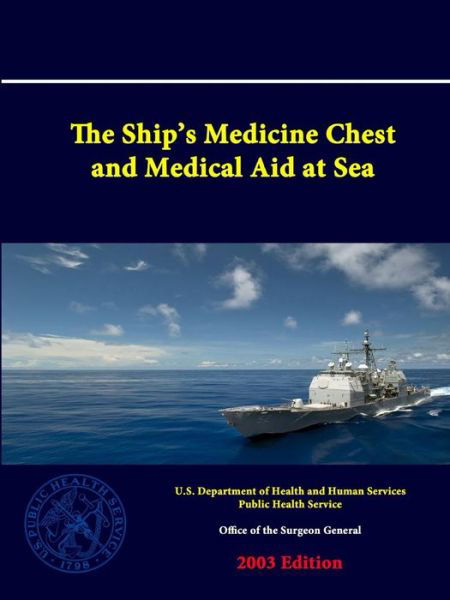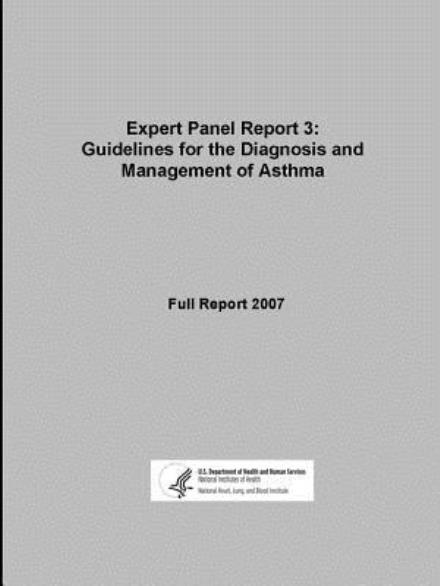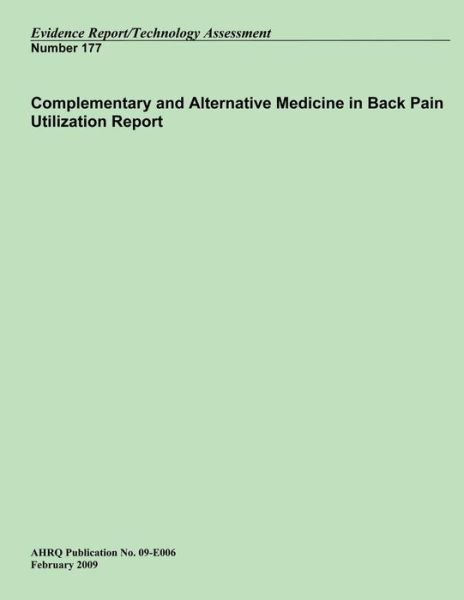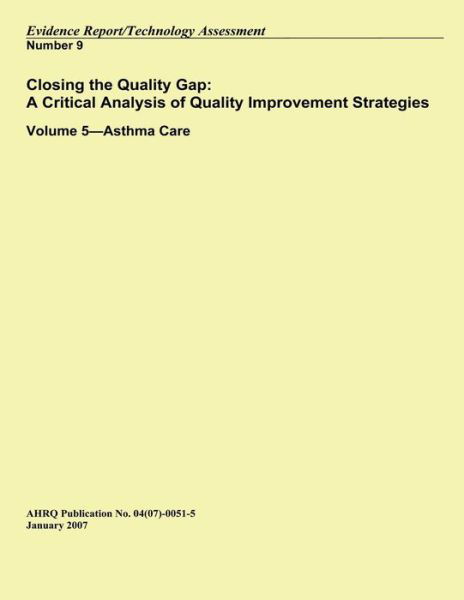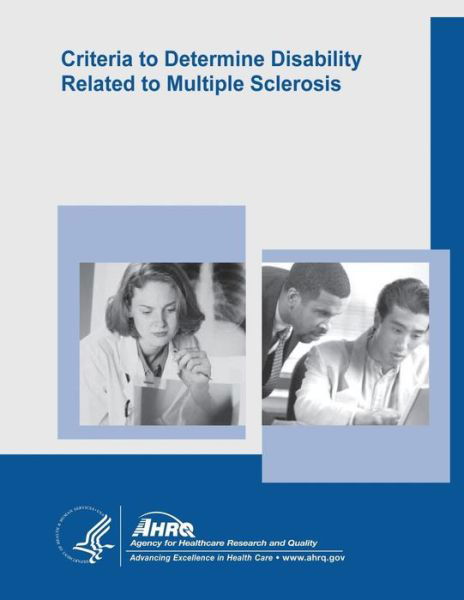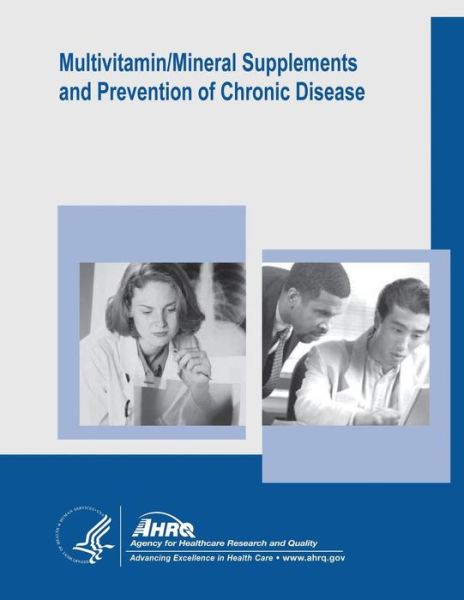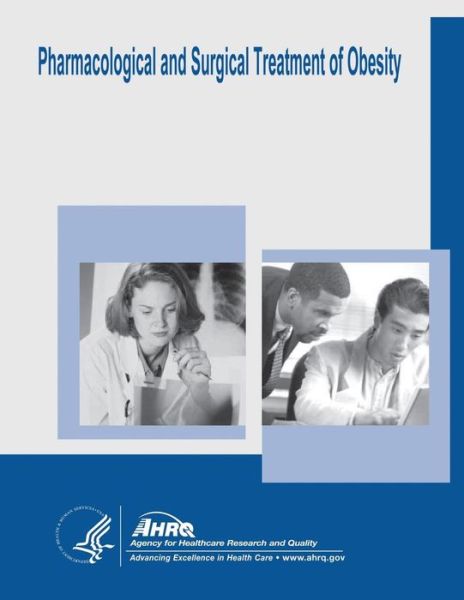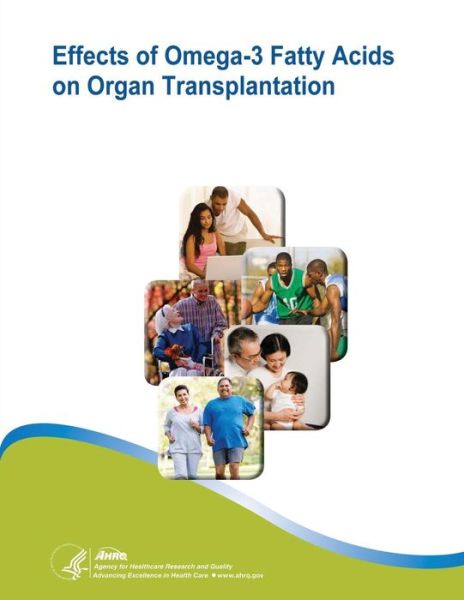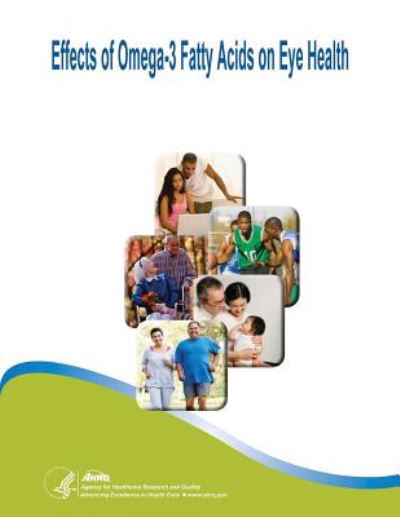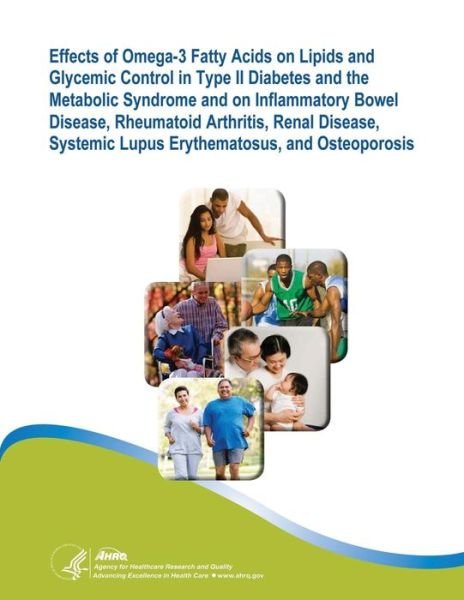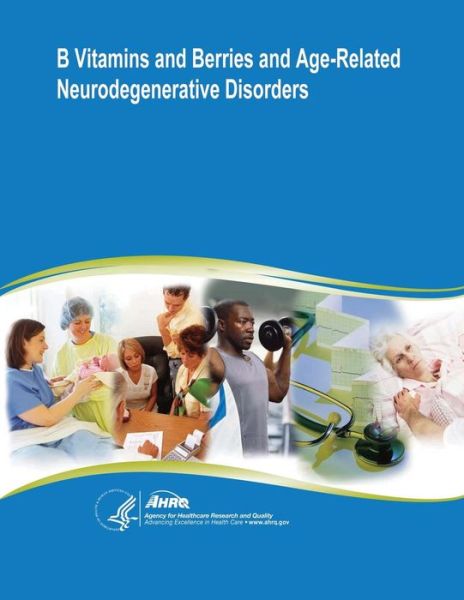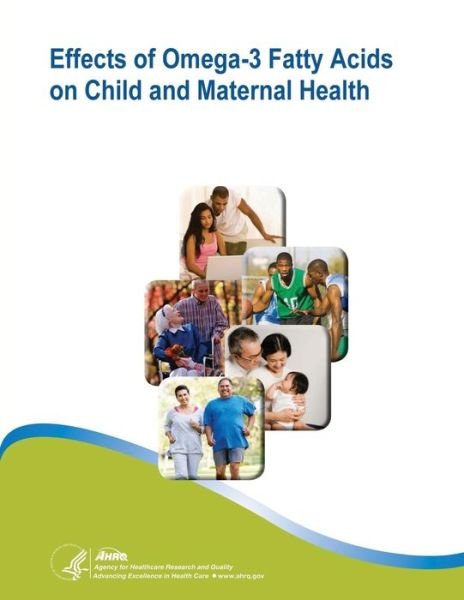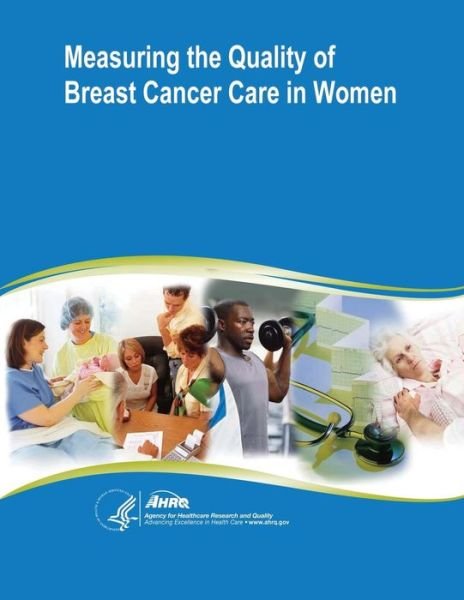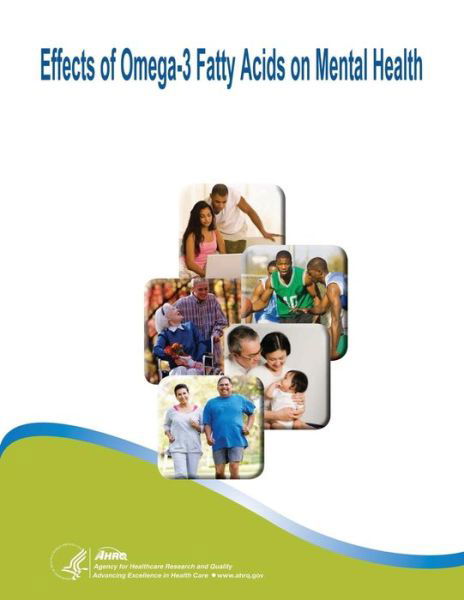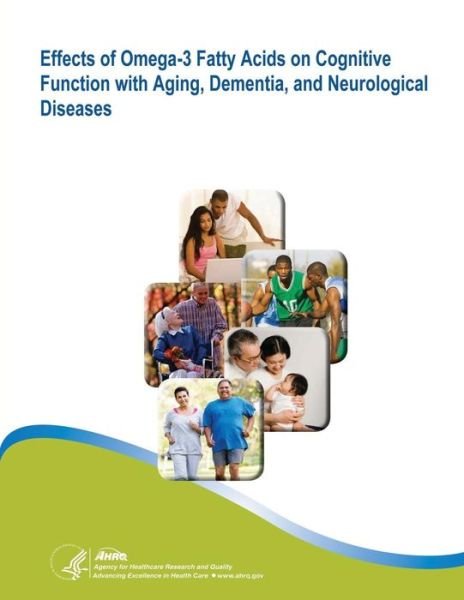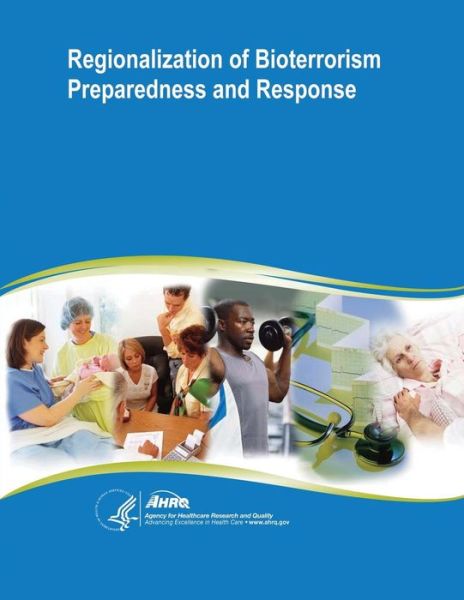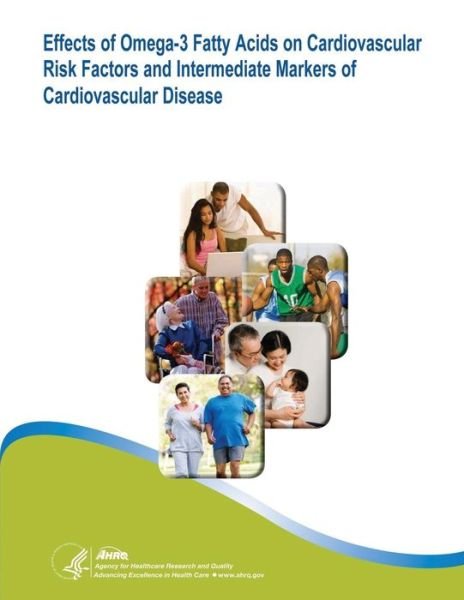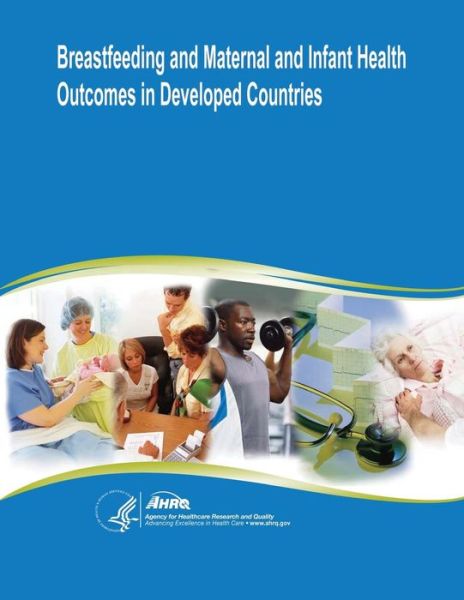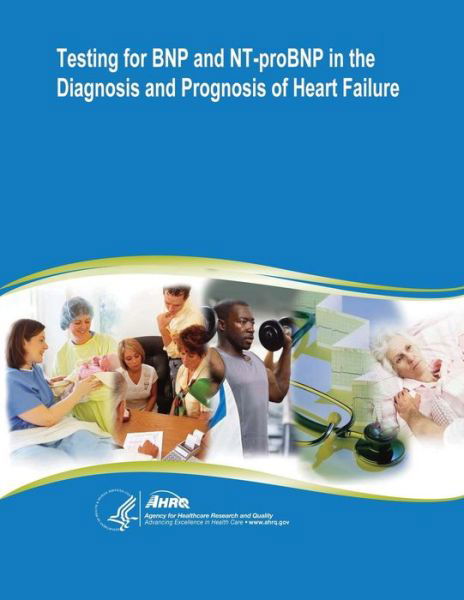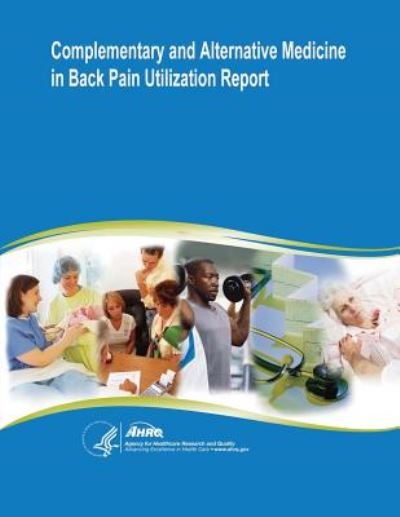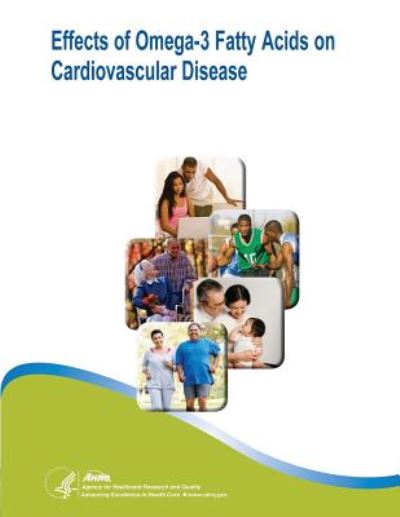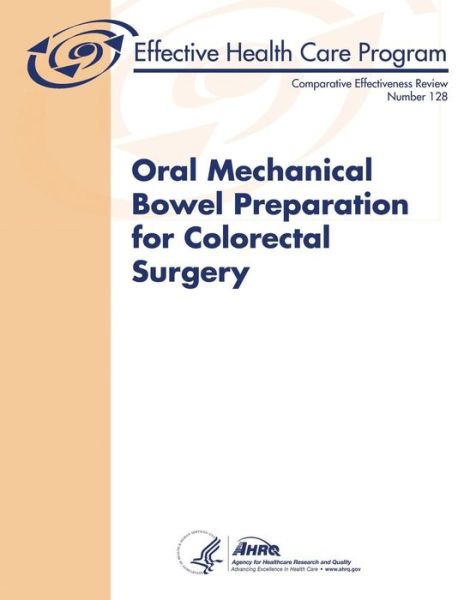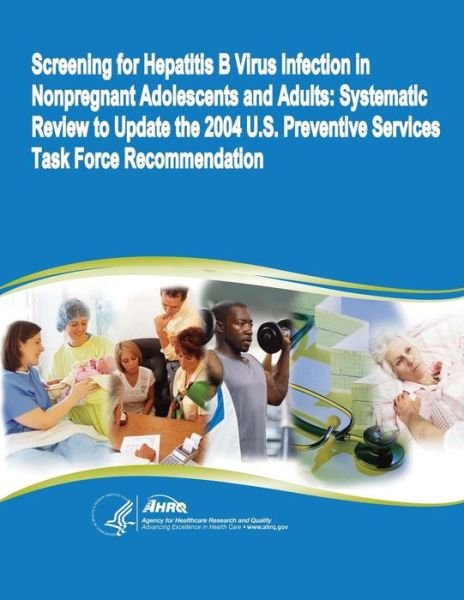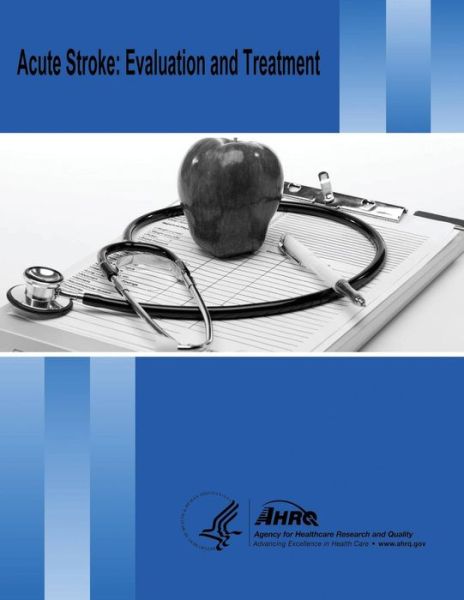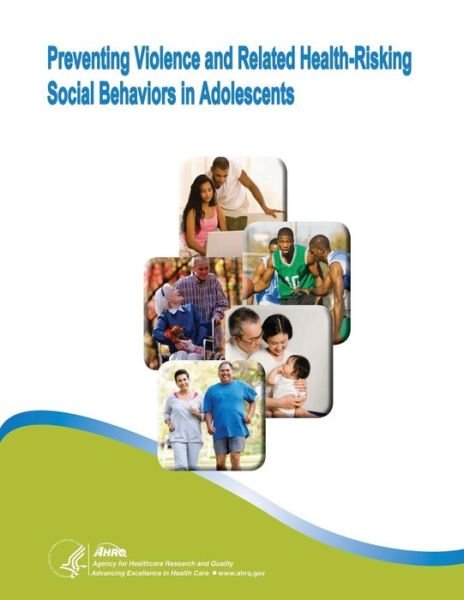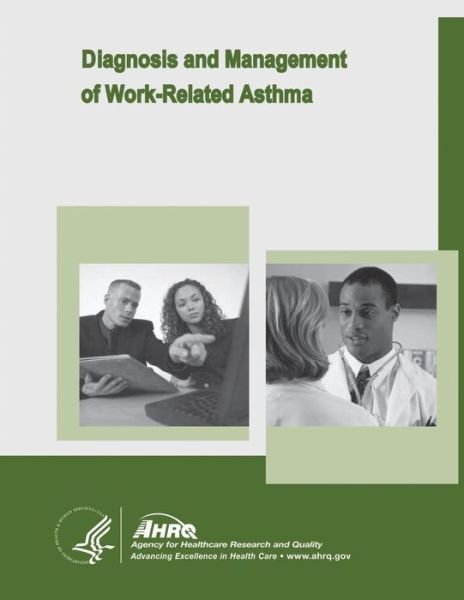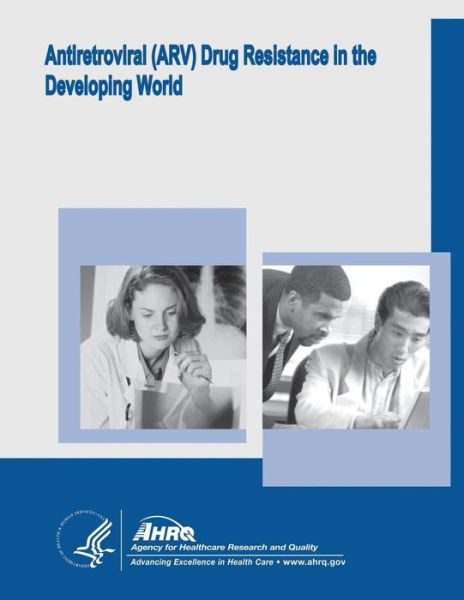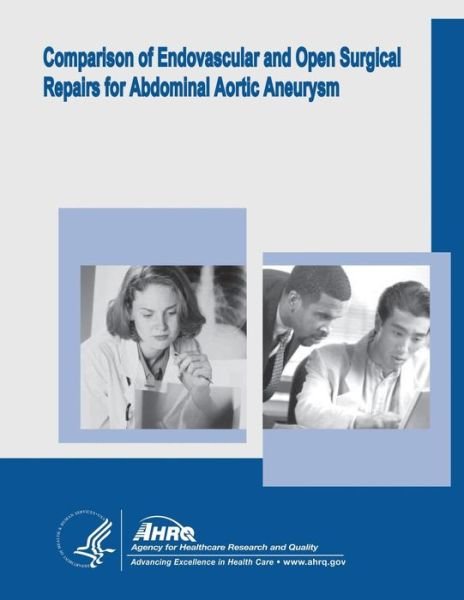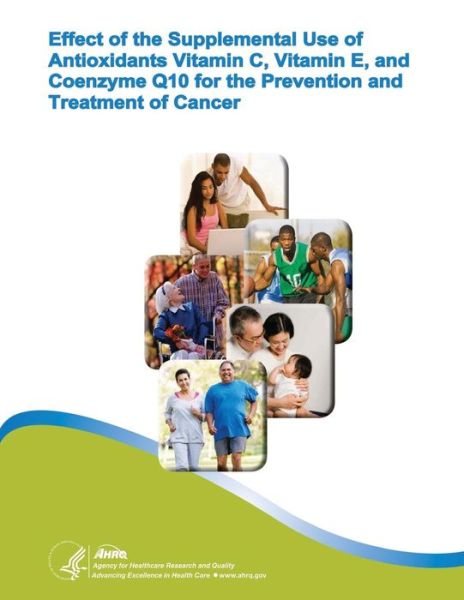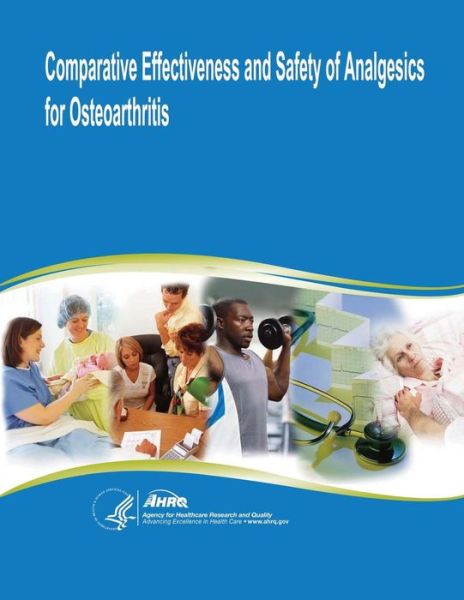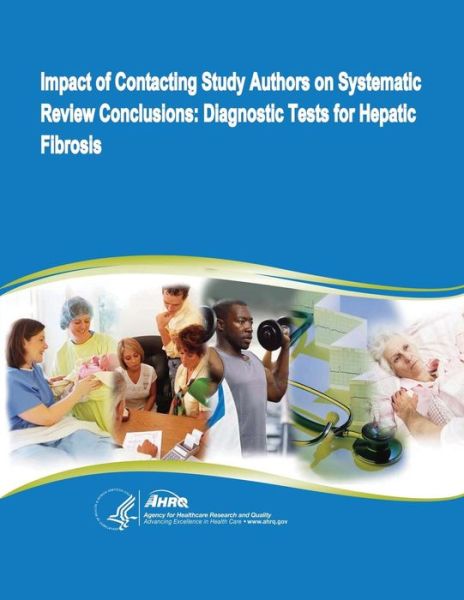
Tell your friends about this item:
Impact of Contacting Study Authors on Systematic Review Conclusions: Diagnostic Tests for Hepatic Fibrosis
U S Department of Healt Human Services
Impact of Contacting Study Authors on Systematic Review Conclusions: Diagnostic Tests for Hepatic Fibrosis
U S Department of Healt Human Services
Publisher Marketing: Liver fibrosis and cirrhosis refer to scarring of the liver, often due to viral hepatitis or chronic alcohol exposure. The gold standard for diagnosing liver fibrosis and cirrhosis is a liver biopsy. However, liver biopsies are not without risk, including pain, bleeding, infection, and accidental injury to a nearby organ. In addition, liver biopsies are subject to sampling errors and variability in interpretation. Blood tests that are accurate for evaluating the presence of fibrosis could spare patients the risks and discomfort involved with liver biopsy. The Pacific Northwest Evidence-based Practice Center recently conducted systematic reviews of screening and diagnostic tests for hepatic fibrosis or cirrhosis in patients with chronic hepatitis C viral infection. We found evidence that a number of blood tests are moderately useful for identifying clinically significant fibrosis (platelet count, age-platelet index, aspartate aminotransferase-platelet ratio index [APRI], FibroIndex, FibroText, and Forns Index) or cirrhosis (platelet count, age-platelet index, APRI, and Hepascore), based on positive likelihood ratios of 5 to 10, suggesting a potential role as an alternative to liver biopsy. However, our review of diagnostic blood tests had limitations. Out of the 172 studies included in our review, 17 provided results for measures of diagnostic accuracy that were discordant from 2 x 2 tables (i.e., number of true positives, false positives, true negatives, and false negatives) calculated based on the information provided in the studies. Although excluding such studies from the analyses had little impact on the overall conclusions, it is concerning that 10 percent of studies reported potentially incorrect data. Additionally, another 60 studies did not provide sufficient information to allow us to construct a 2 x 2 table at commonly reported cutoffs, or only provided area under the receiver operating characteristic (AUROC) analysis results, without reporting sensitivity or specificity at specific cutoffs. Results from these studies therefore could not be included in summary estimates for sensitivity and specificity, resulting in less robust and potentially biased estimates. While there is some support for contacting study authors to obtain unpublished data when conducting systematic reviews, evidence regarding the yield and impact of such efforts is sparse, particularly in the area of diagnostic tests. Research is needed to understand whether contacting study authors is worth the additional effort required, specifically with regard to how much additional information is obtained and how that information affects the conclusions of the systematic review, including estimates of diagnostic accuracy as well as the degree of confidence in the findings
| Media | Books Paperback Book (Book with soft cover and glued back) |
| Released | May 11, 2014 |
| ISBN13 | 9781499520101 |
| Publishers | Createspace |
| Pages | 34 |
| Dimensions | 216 × 279 × 2 mm · 104 g |



